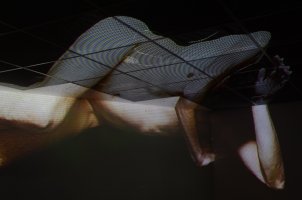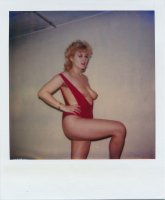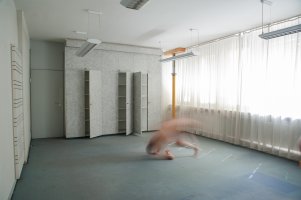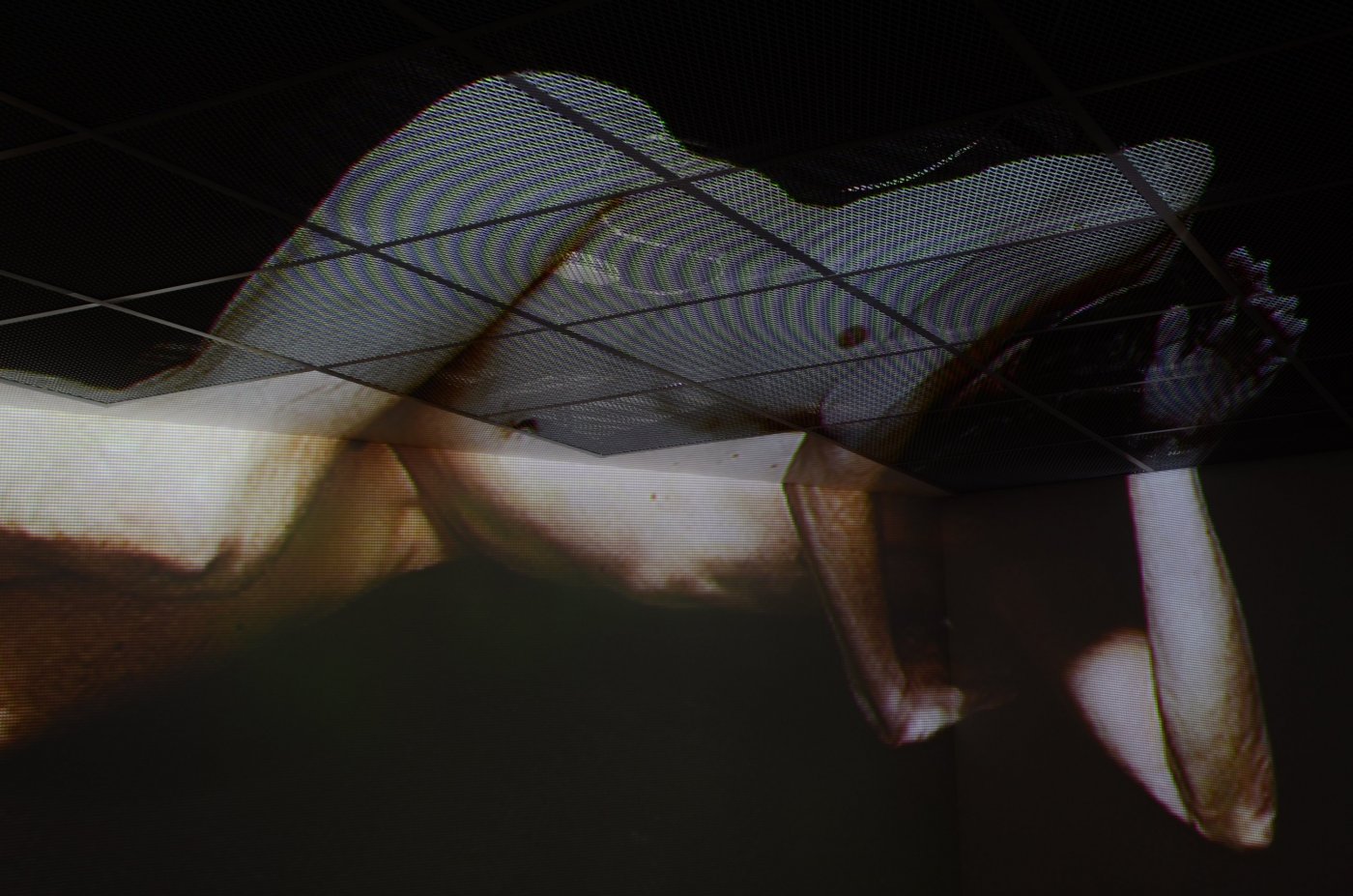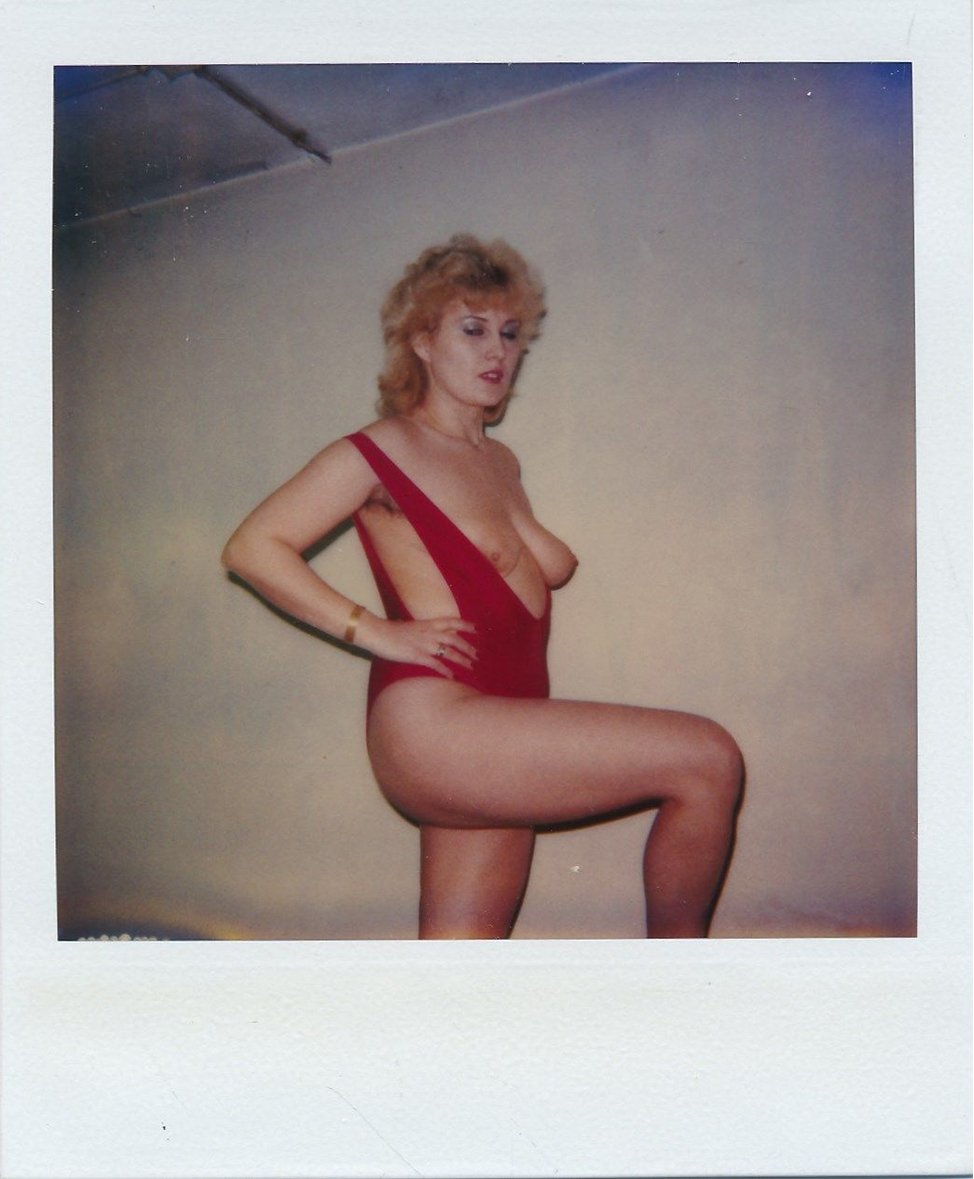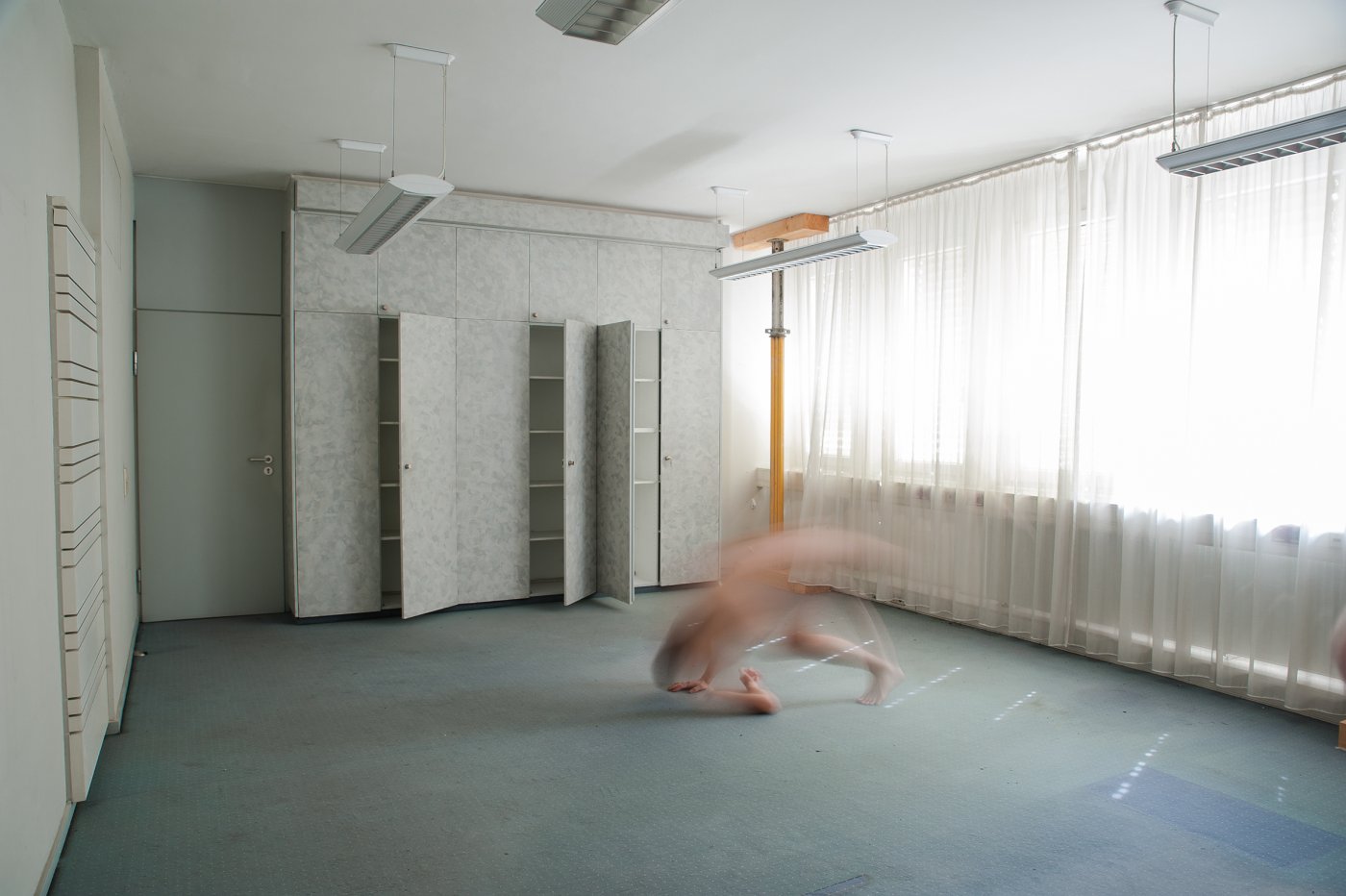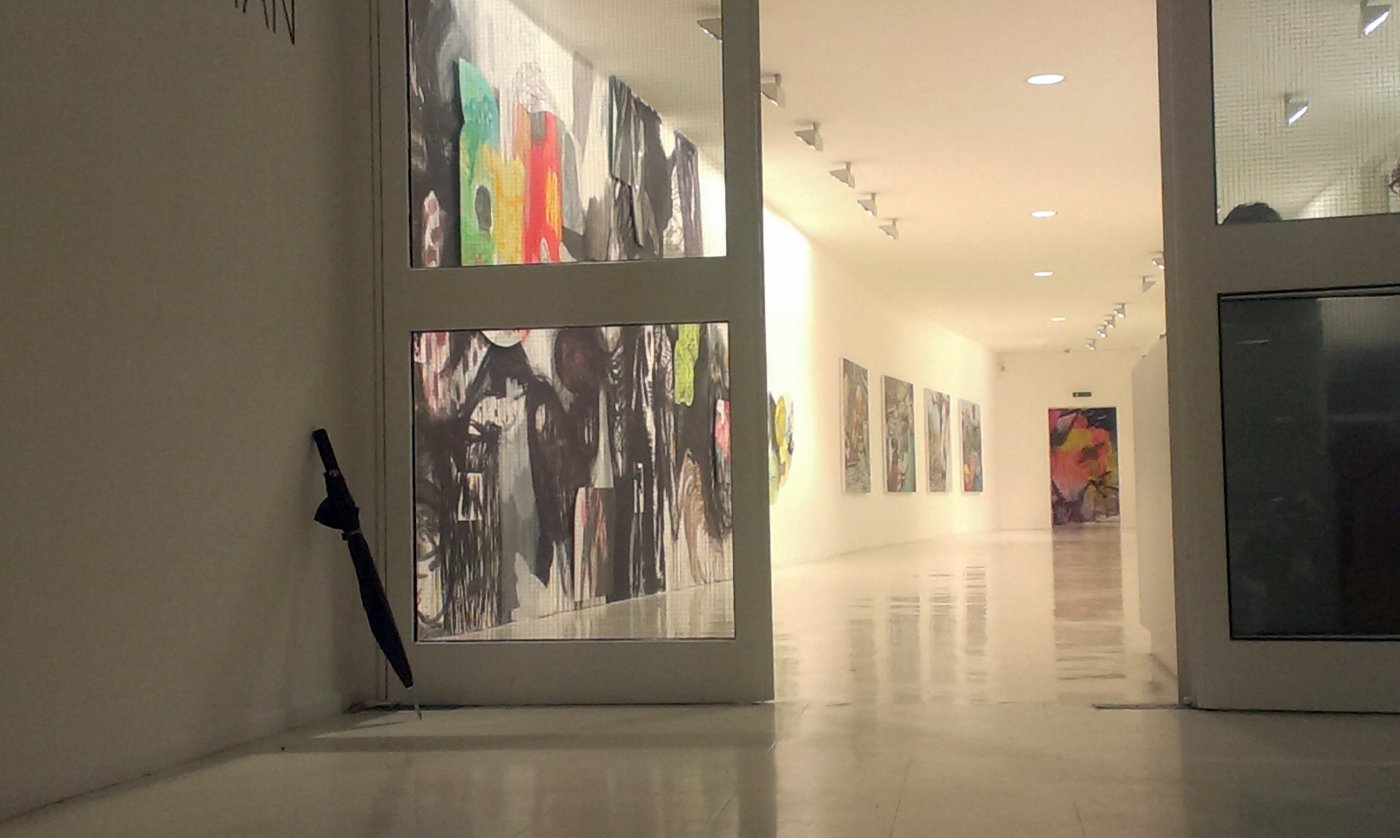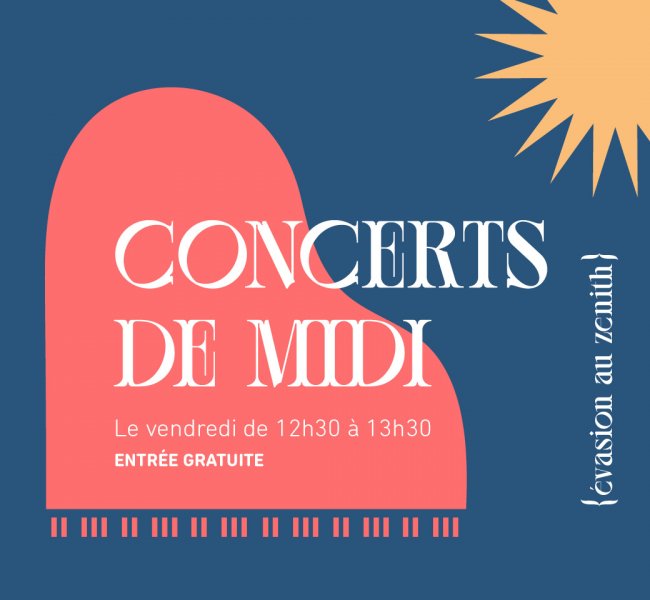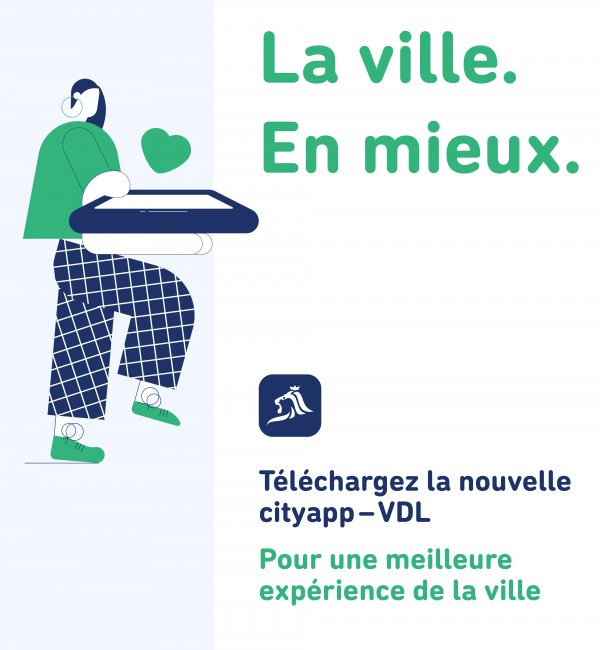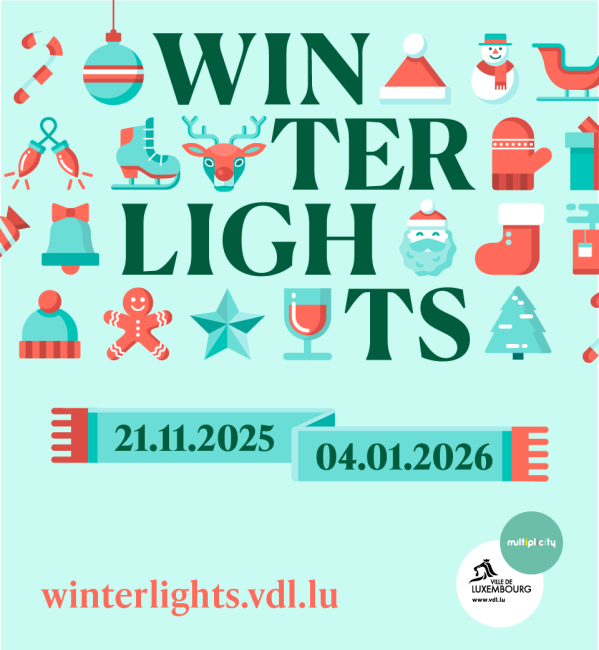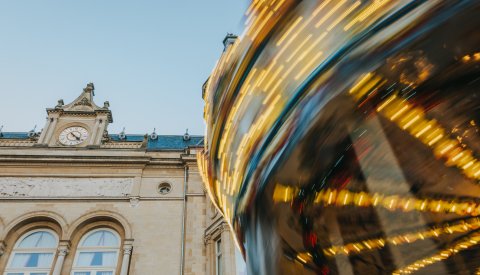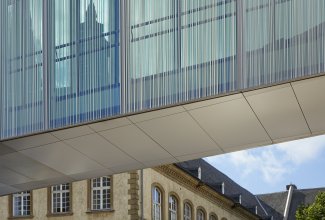The Curators
Dr Andrea Jahn and Kamila Kolesniczenko
Dr Andrea Jahn (born in 1964 in Neu-Ulm, Germany) studied art history, German and English in Tübingen, Munich, New York and Trier, earning her doctorate in 1997. From 1997 to 2001, she served as exhibition curator at the Kunstmuseum Stuttgart, and was deputy director of the Württembergischen Kunstverein Stuttgart from 2002 to 2005. From 2008 to 2012, she was curator at the Kunstverein Friedrichshafen, and since 2012, she has been director of the Stadtgalerie Saarbrücken residence.
Kamila Kolesniczenko (born in 1985 in Knurów, Poland) studied art history, general and comparative literature, and business economics at Saarland University from 2006 to 2013. From 2009 to 2010, she did professional development in cultural journalism. In 2011, she joined the Andrae Kaufmann Gallery in Berlin. Since 2014, she has been working as an independent art historian for the Stadtgalerie Saarbrücken.
The Artists
Frauke Eckhardt
Born in 1968, the sculptor and sound artist crafts site-specific sound installations and interactive instruments which address our relationships to space and time as well as their very existence. Her works offer visitors the opportunity to move around them and explore the surrounding space at their own pace. The interaction of their actions and reactions produces acoustic phenomena that are imbued with hidden historical traces and shadows of urban processes. Interpretations change over time and new insights can be generated in familiar places.
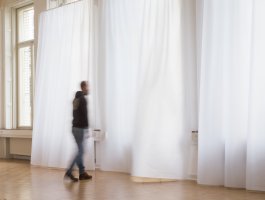
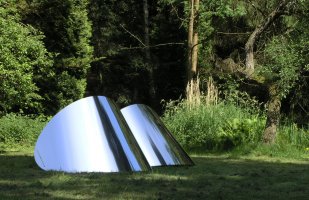
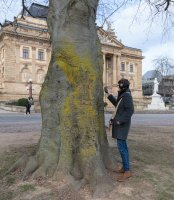
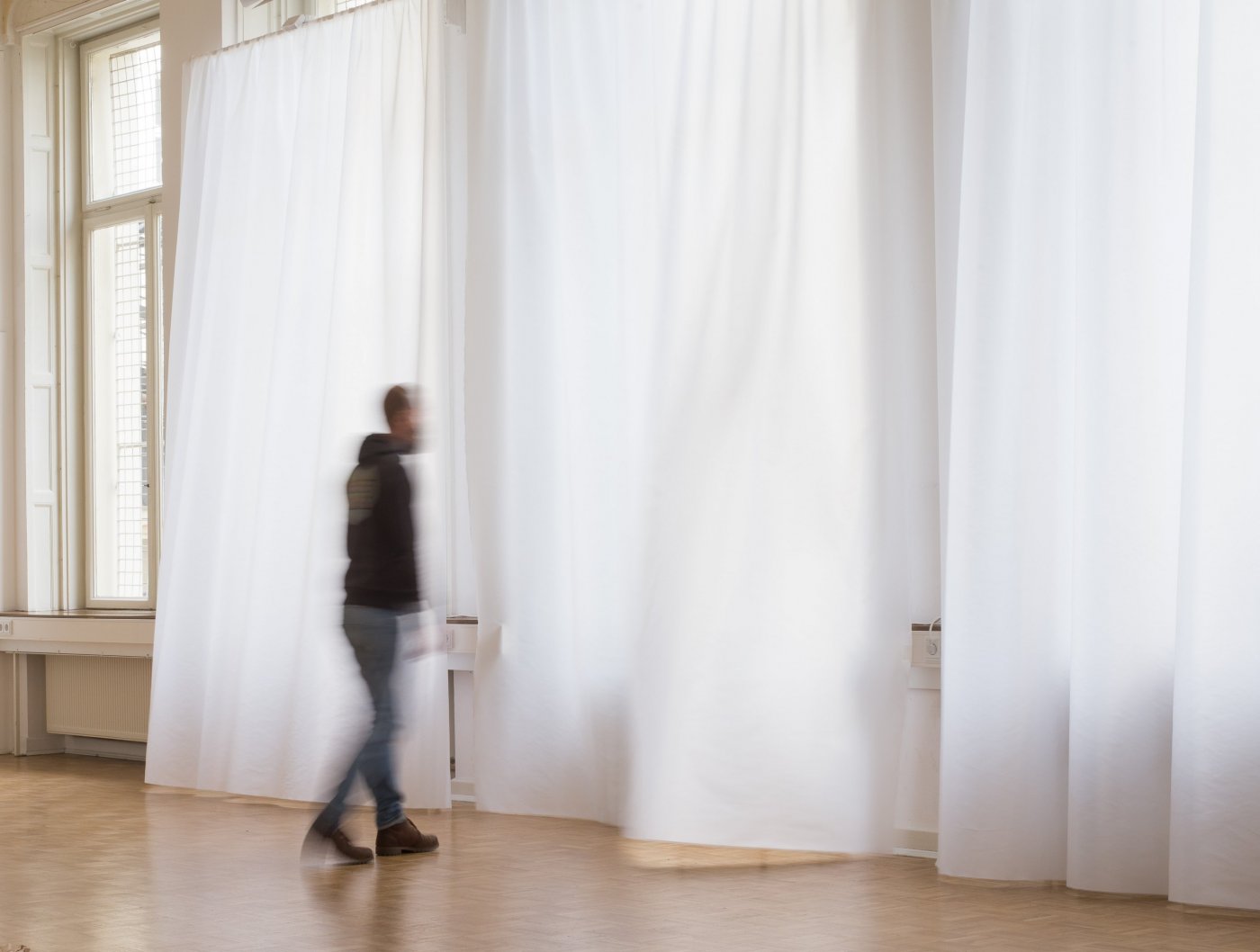
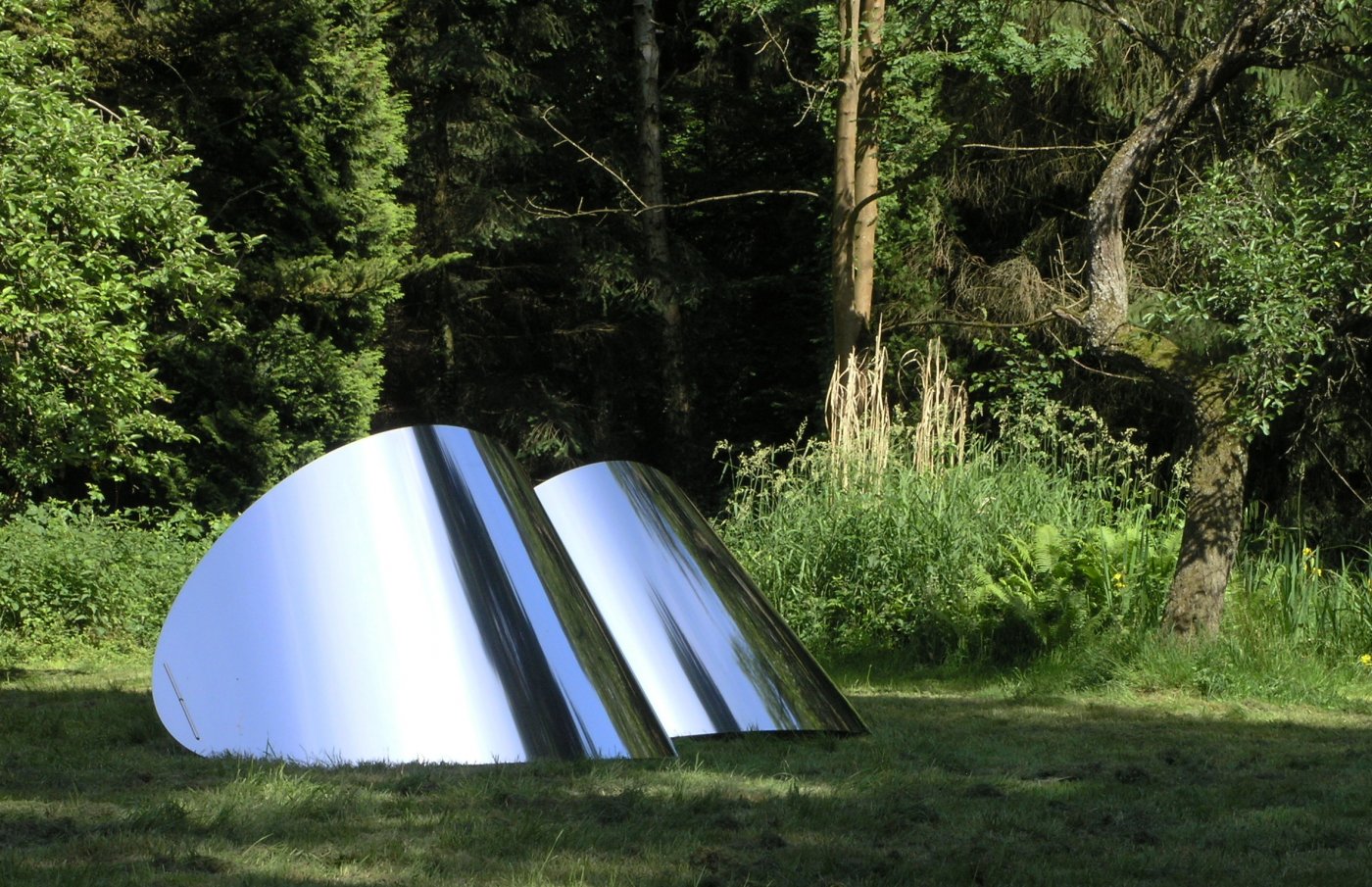
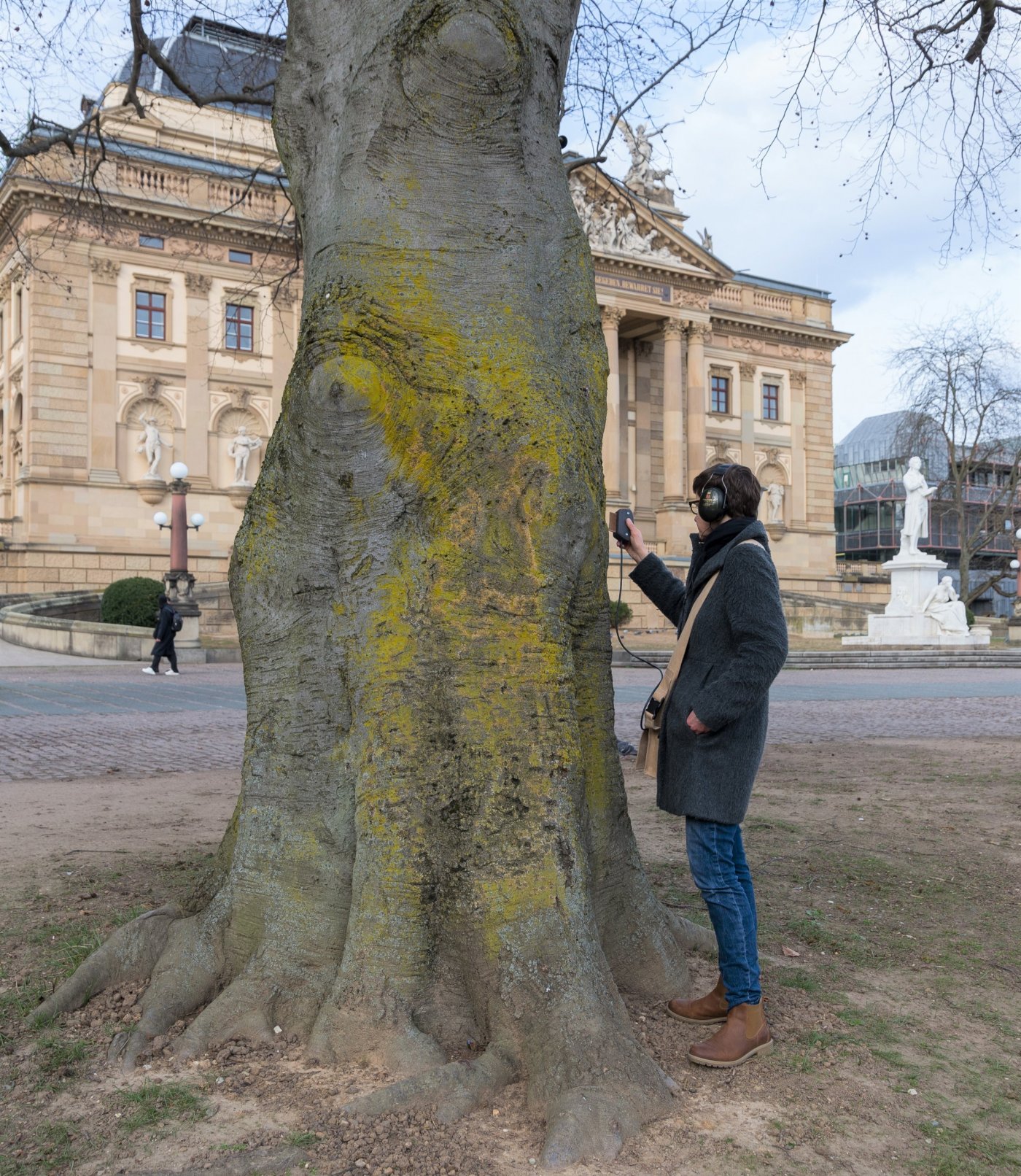
Mirjam Elburn
Born in 1976, her practice primarily encompasses traditional, time-consuming techniques such as felting or sewing to create objects from found material – often human hair. Her expansive installations – floors covered with hair, narrow passages – turn looking into a haptic experience. From abandoned buildings to the vestiges of daily life and the remnants of the human body, her materials often reside partially in the past, and Elburn helps to give them a second life.
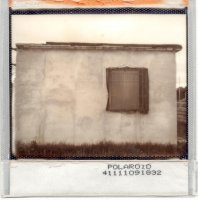
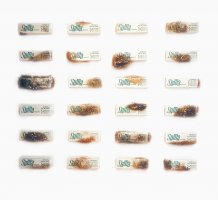
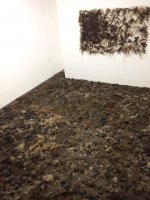
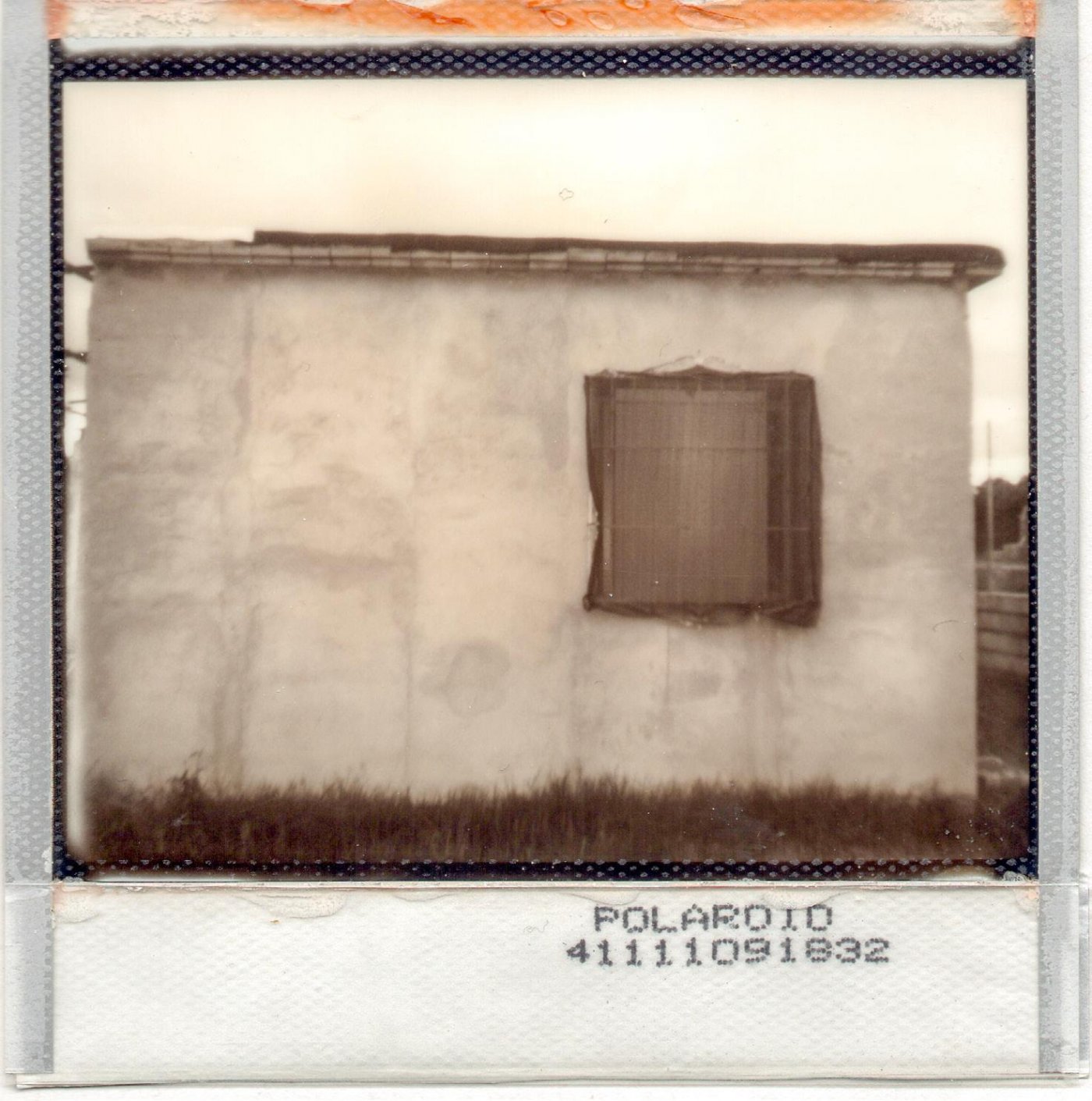
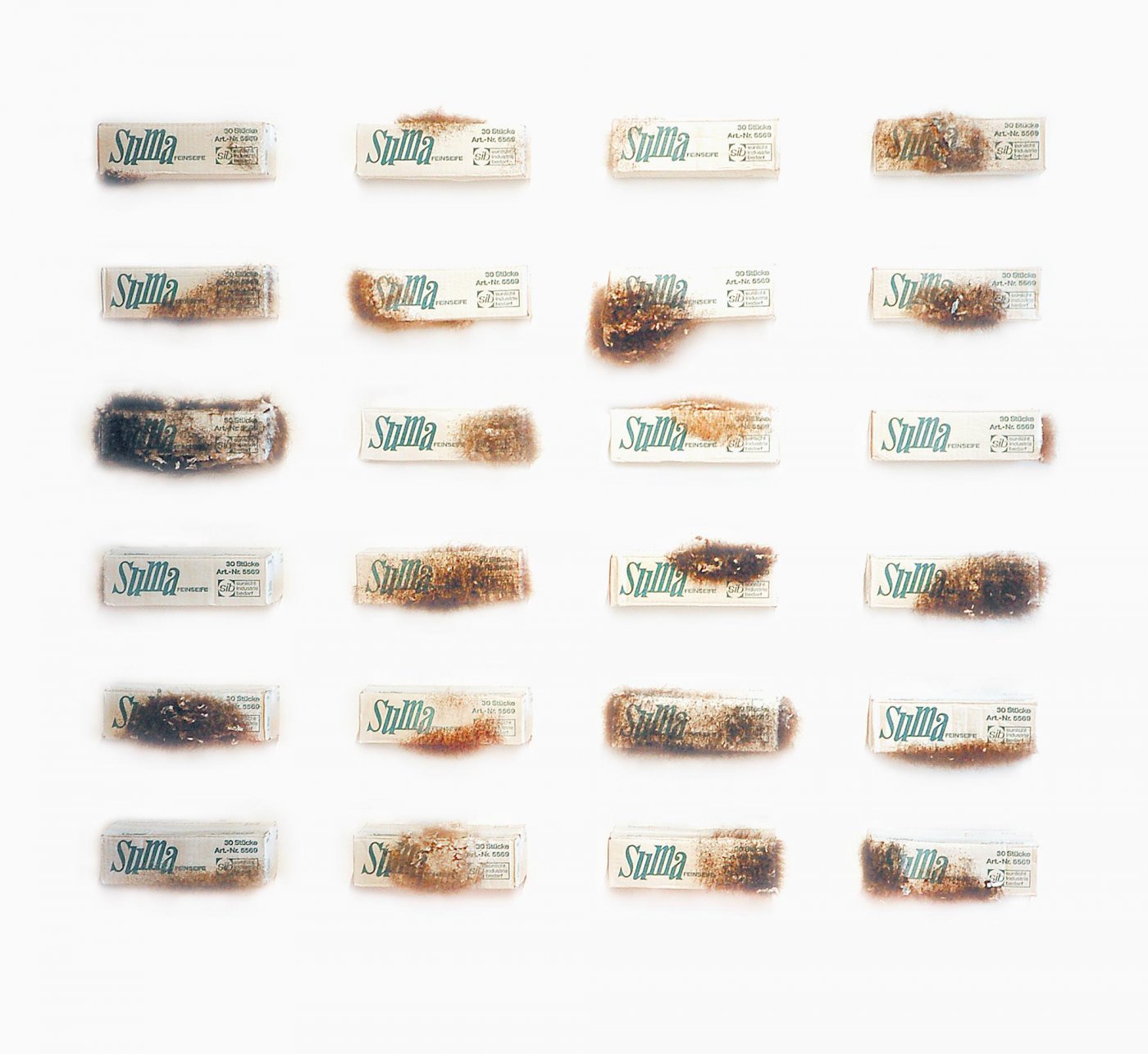
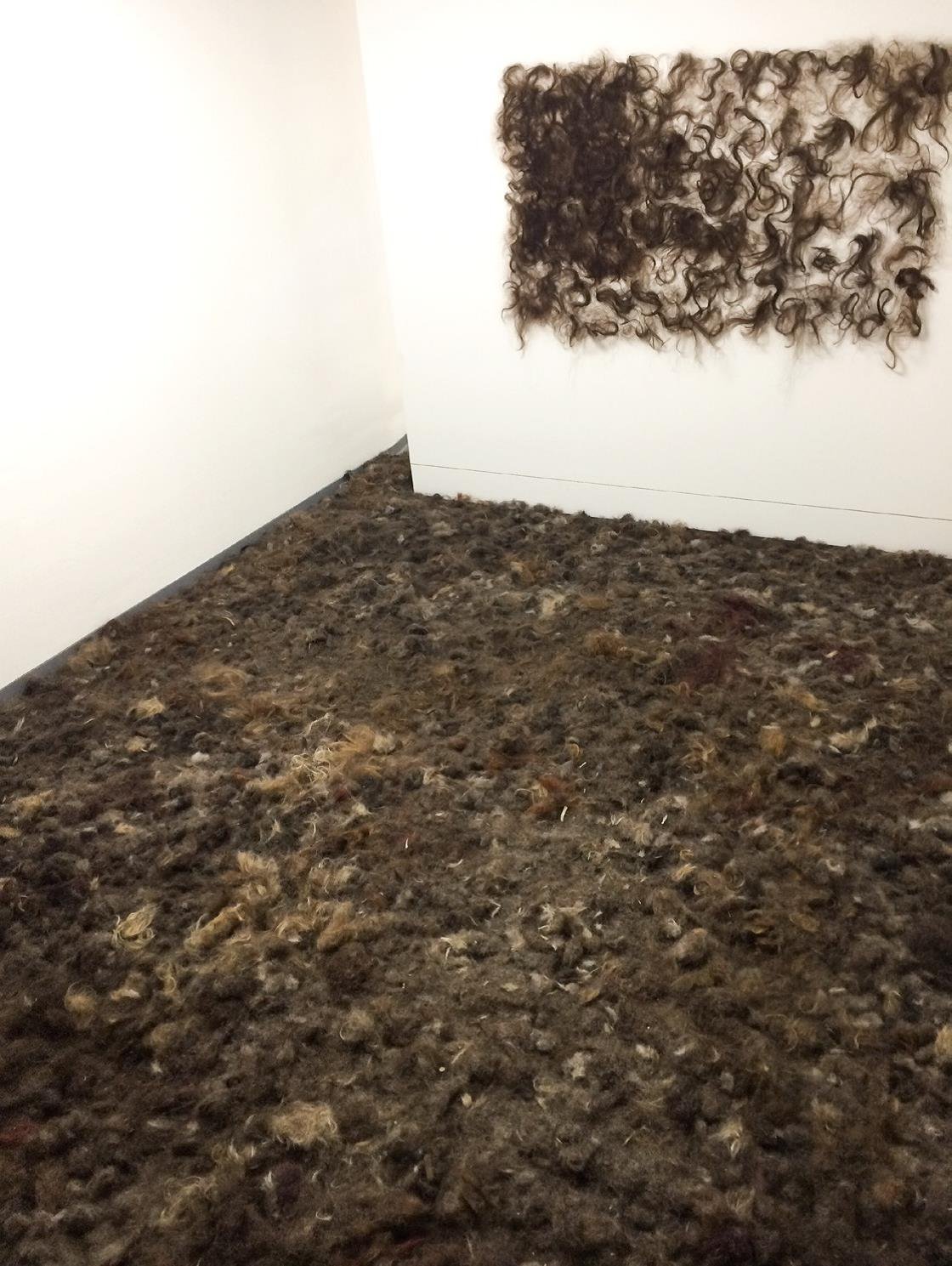
Martin Fell
Making processes visible, his work uses light as a medium for generating space and forming the interface between what is barely perceptible and the trace of what has just taken place. In this way, he attempts to create a framework for temporary pictorial processes and for the perception of images. The focus lies on the situated experience of non-recurring events, which is created by the entanglement of place and image as well as by the interaction between deterministic mechanical structures and chance.
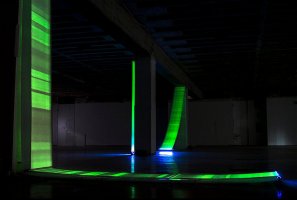
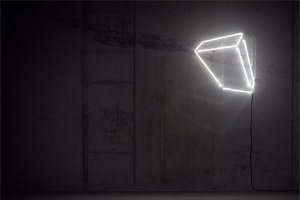
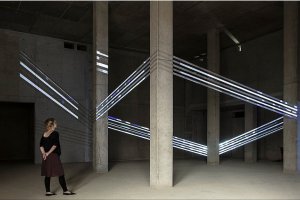
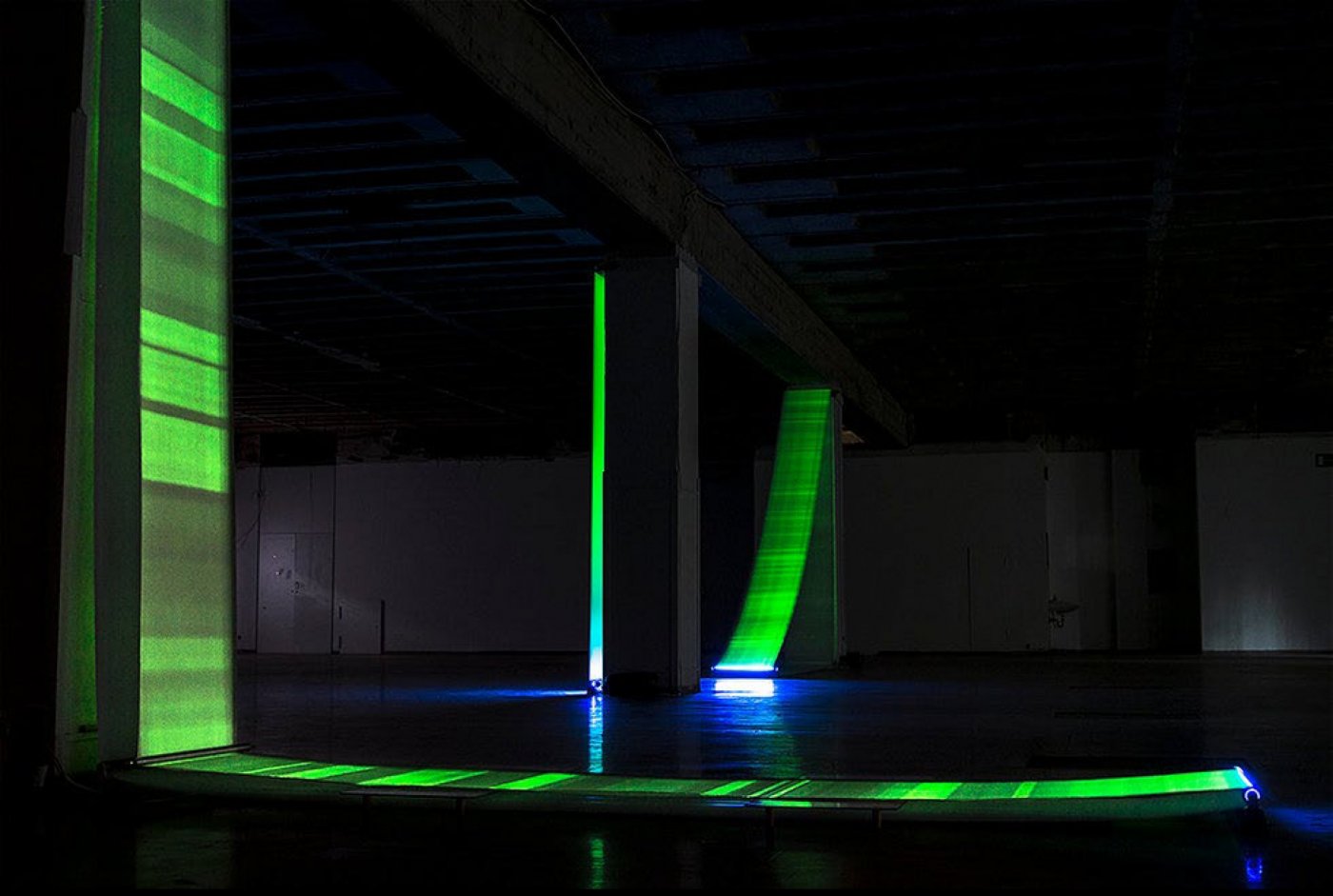
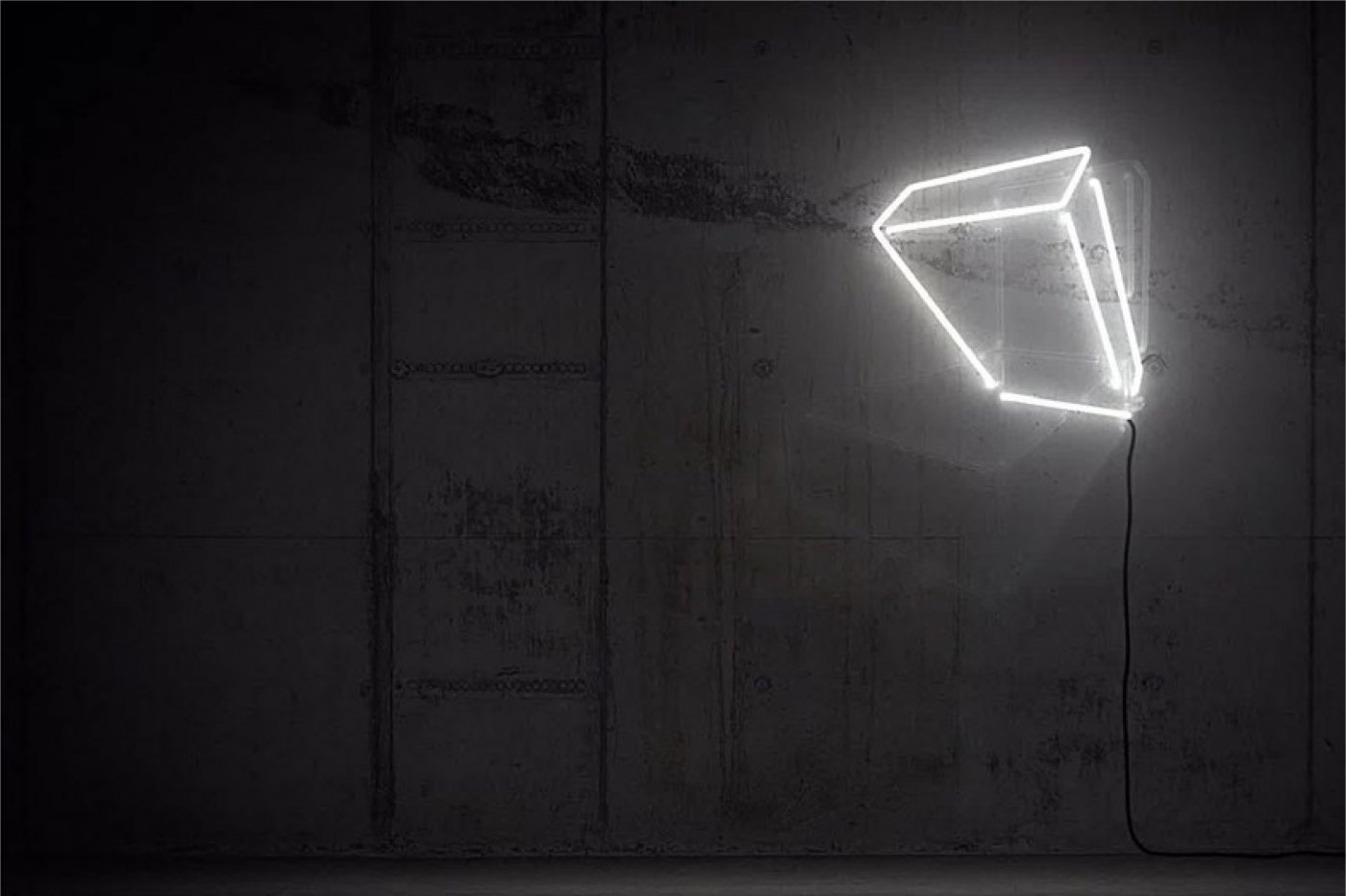
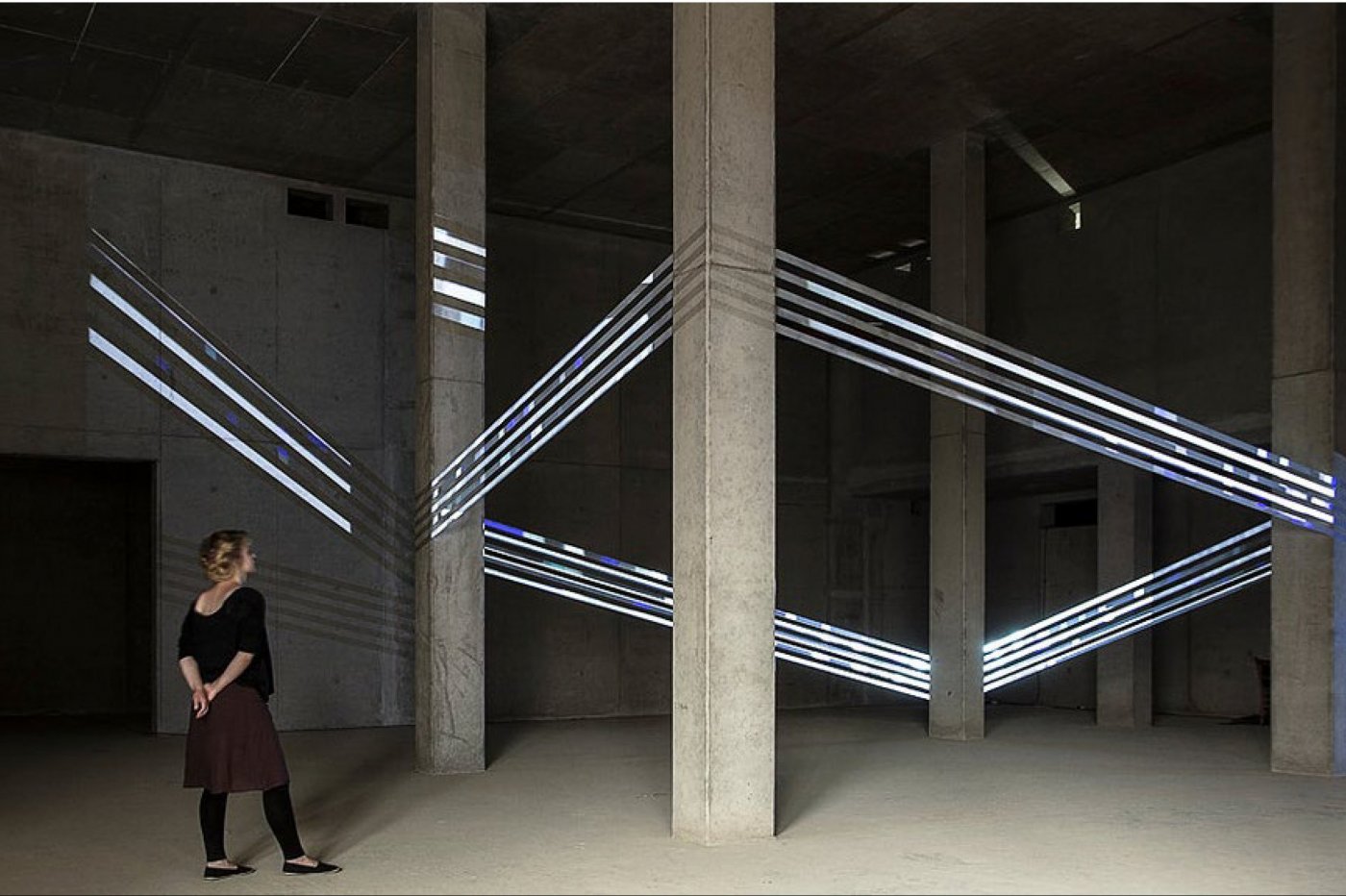
Ida Kammerloch
Born in 1991 in Izhevsk, Russia, she studied art at the Saarland School of Fine Arts. Her artistic practice focuses on the photographic image and its complex status as an object and a commodity. During the process of creating her installations, she seeks to break down photographic images and reveal pictorial realities previously unknown to the viewer. The source material for these confrontations with images come from places as diverse as eBay, private archives, books, Instagram and supermarkets.
